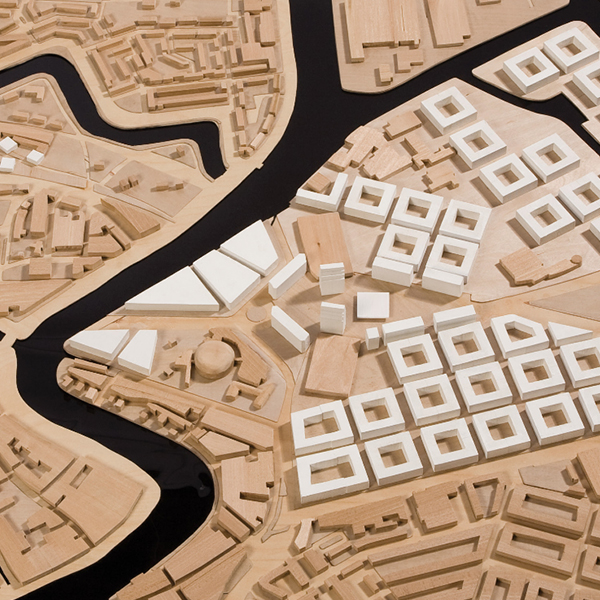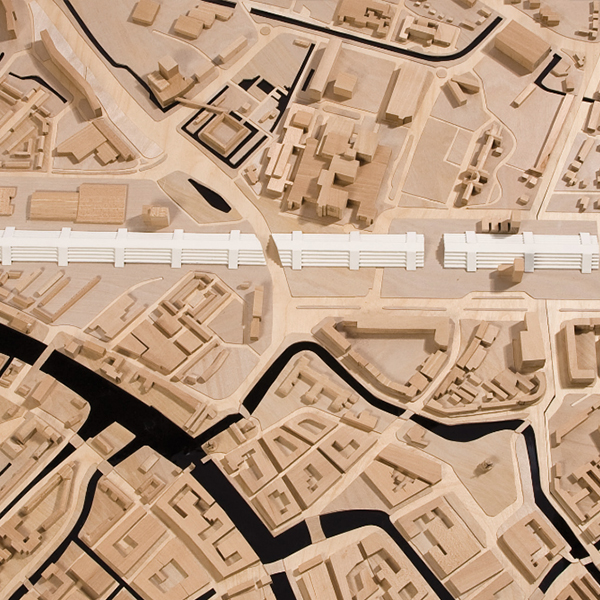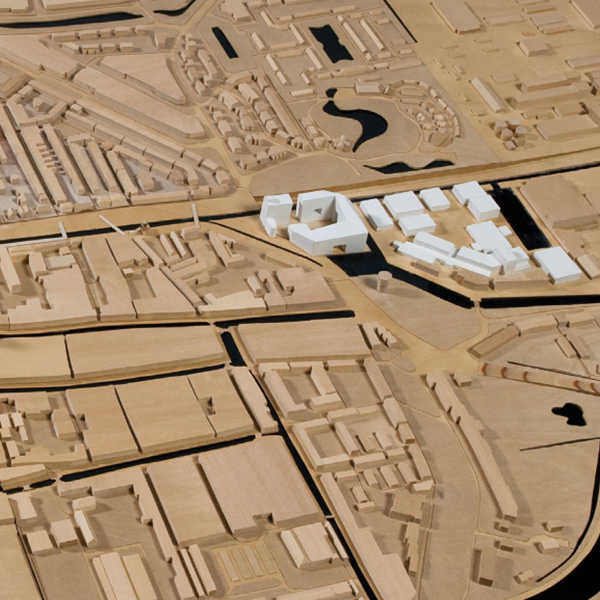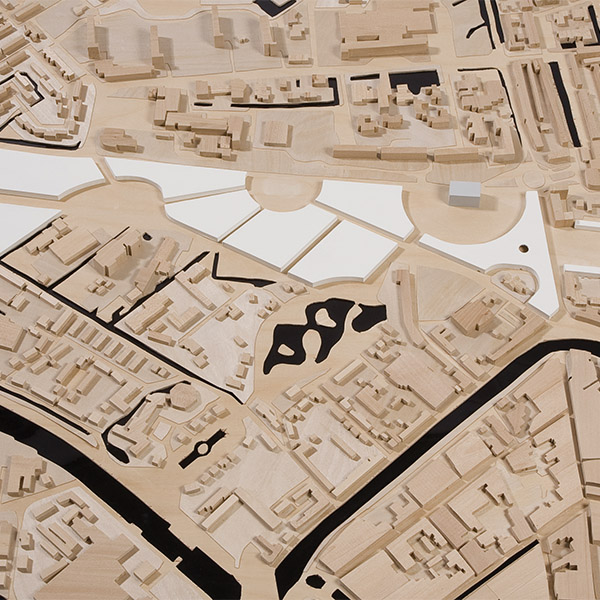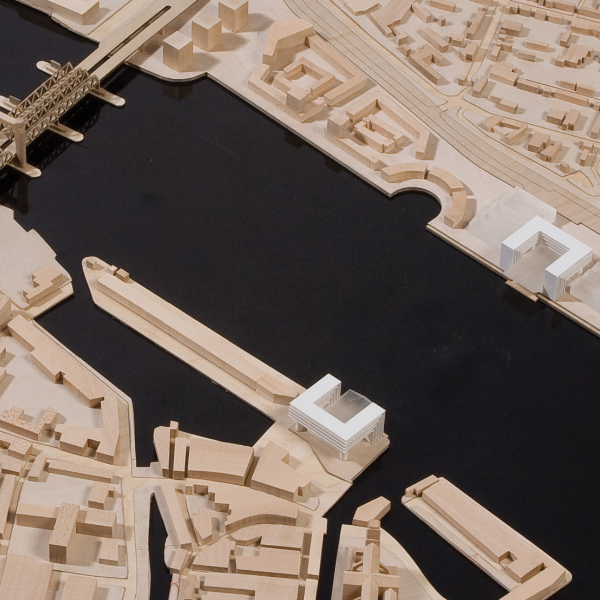
OverHolland is published by SUN architecture Publishers on behalf of Delft University of Technology, Faculty of Architecture. It appears twice a year.
Editors
Leen van Duin, François Claessens
ISBN 9789085065654
Preface
-
Like many urban areas, the Dutch Delta metropolis has also undergone a turbulent transformation process over the last century. Cities expanded rapidly, influenced by increased mobility and globalisation. A ring of new areas with their own transport systems replaced the traditional city. Areas that used to be defined – living in the periphery, working and enjoying facilities in the city centre – have programmatically and spatially condensed themselves into a hybrid network of urban nodes and corridors. This process of urban renewal has not yet been completed. The railway...
Articles
-
The research that the 5x5 project is based on partially consists of intensive map studies. The first part of these studies, presented in OverHolland 5, shows a Randstadscale map with the expansion of the builtup urban area and a map showing the railway infrastructure development, compared to the 18thcentury bow hauling network. On an urban regional scale, the study reveals a map matrix of the ‘changing’ locations of the station areas in relation to the expansion of the builtup urban area. In addition, three map sections from the five station areas show the morphological...
-
Project for the station of the 21st century within an urban expansion that builds on the tradition of the West European city
Scope
‘Using an architectonic intervention, create a vision for the Haarlem railway zone based on the assumption that the need will arise to place the railway underground’ is how the project read that we were given. It is a very broad project, which surely does not only contain architectonic aspects. Where to start? We discovered that moving the station to the East side of the city would make for a nice project. But...
-
When it is successful, urban design is praised for its problemsolving skills. Urban design does not differ from architecture in this capacity. If there is a spatial problem, then a professional process will lead to a solution. It is obvious that the professional merits of a discipline can be measured to a large extent by using the degree of its problemsolving skills. In the discipline of architecture, Vitruvius’ utilitas has acquired canonical status. And something that presents itself as a solution is useable. Yet, the question remains: what is usefulness?
-
This project for the Delft rail zone was designed by AWG architects for the Delft University of Technology within the scope of the research project 5x5 Projects for the Dutch city. The study on the potential of the area that will be freed up when the rail is placed underground is an academic exercise just like the studies for the other Dutch cities of the 5x5 project. It has to be seen as separate from the practical assignments that are currently being worked on in Delft.
-
Placing the railway that runs through Gouda underground means more than just removing a physical barrier in the city. While in other cities of this design research the rail path cuts through a more or less continuous structure, in Gouda the railway line at station level is simply a line separating different structures. Making the rails disappear from ground level will result in two entirely different districts, the historical and 19thcentury city on the one side and the postwar city on the other, which will suddenly confront one another. In the case of Gouda, a design study of...
-
The starting point of the design study presented here is the question: what could be the advantage for Dordrecht if the railway would be built underground? The issues related to such an intervention are extensive, but here the accent is placed on the architectonic aspects. The railway is a remarkable artefact, which has been a determining factor for the townscape of Dordrecht. The construction of the railway and station characterized the beginning of a new period of urban development. Railway traffic was the clear and tangible visualisation of the fact that the new period was...

